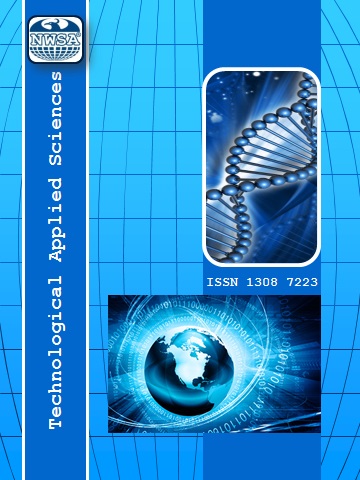THE INVESTIGATION OF SURFACE ROUGHNESS AND CUTTING FORCES OF STEELS COOLED IN SAND AND AIR AFTER HOT FORGING
Barış ÖZLÜ1
,
Halil DEMIR 2
,
Mustafa TÜRKMEN3
,
Süleyman GÜNDÜZ4
In this study, 38MnVS6 microalloyed and 41Cr4 heat-treatable steels were subject to a controlled cooling in air and sand after closed die hot forging. Subsequently, microstructure and hardness of the samples were measured. The effects of changes in microstructure and hardness on machinability of samples, which were controlled-cooled in air and sand after hot-forging, were investigated. The machinability test was carried out by turning method in dry conditions without using coolant. Turning tests were made by using coated carbide cutting tool at four different feed rates (0.04, 0.08, 0.12 and 0.16mm/rev) while cutting speed and cutting depth were fixed at 180m/min and 0.6mm, respectively. The cutting forces and surface roughness values (Ra) were measured for each sample at the end of turning tests which were conducted in conditions mentioned above. Results showed that changes in microstructure and hardness of samples, which were controlled-cooled in different mediums, significantly affected cutting forces and surface roughness.
Keywords
Hot Forging,
Microstructure,
Machinability,
Steel,
Carbide,
 +90(535) 849 84 68
+90(535) 849 84 68 nwsa.akademi@hotmail.com
nwsa.akademi@hotmail.com Fırat Akademi Samsun-Türkiye
Fırat Akademi Samsun-Türkiye
